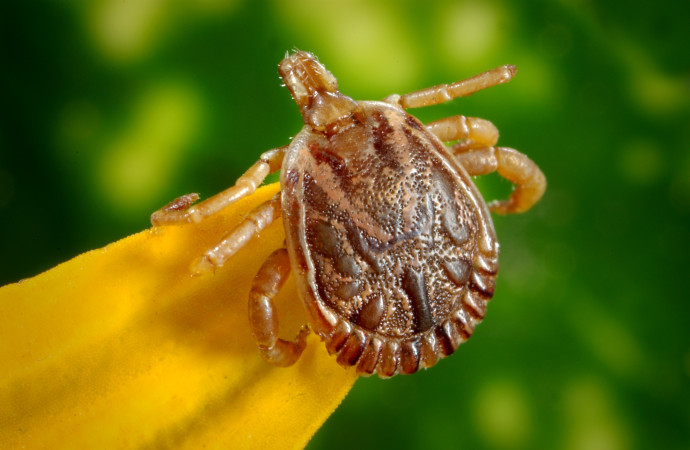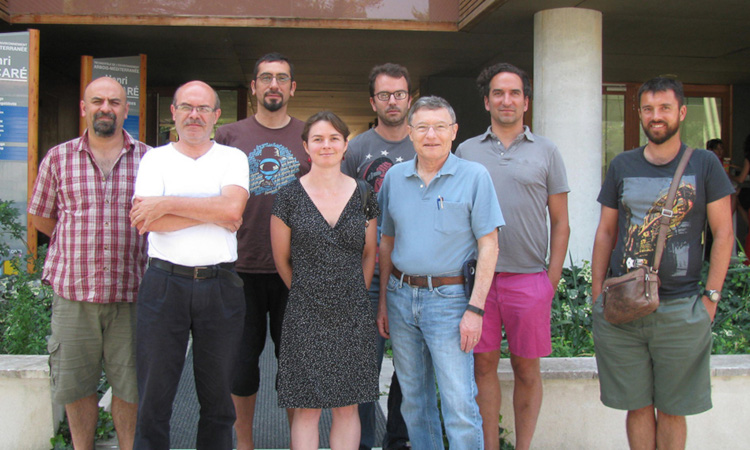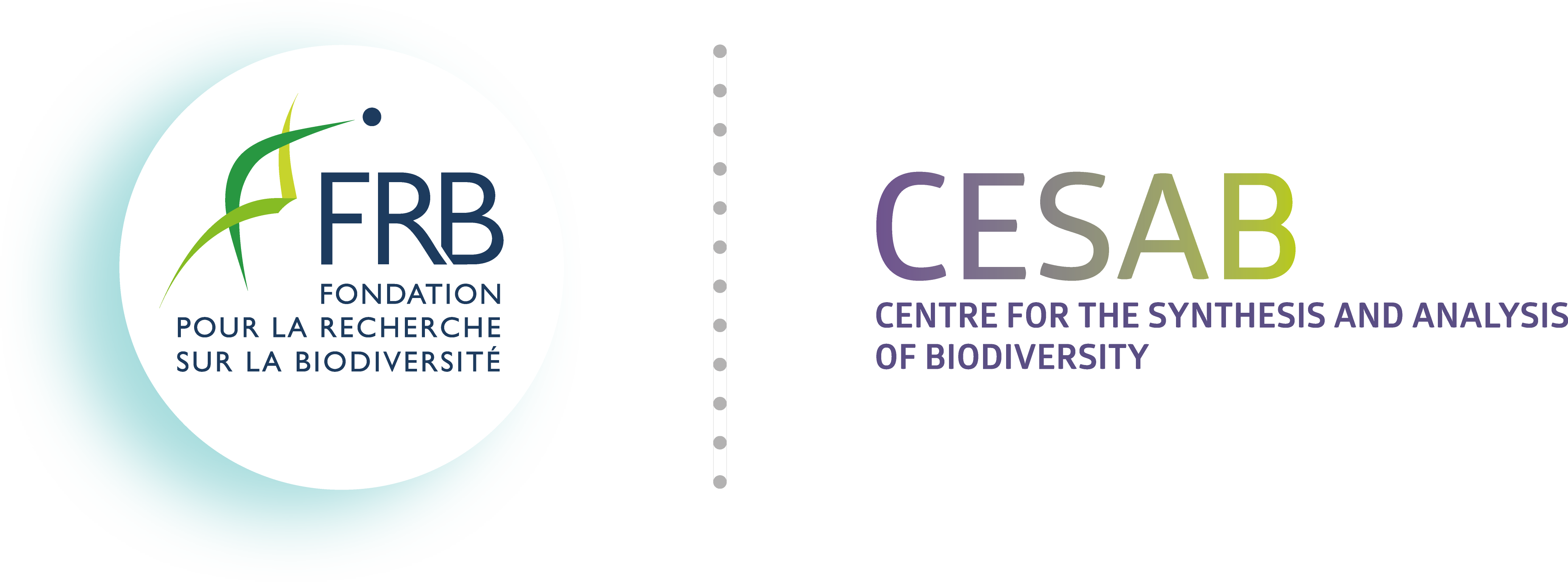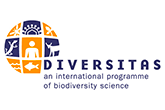BIODIS
Disentangling the linkage between biodiversity and emerging infectious diseases



PI:
Jean-François GUEGAN -IRD Montpellier (France), Benjamin ROCHE – IRD Paris (France), James N. MILLS – Emory University (USA)
Postdoc:
Gabriel Ernesto GARCIA-PENA -National and Autonomous University of México (Mexico)
BIODIS project brings together specialists in community ecology, infectious disease ecology, veterinary sciences, parasite ecology, genomics, public health, evolutionary biology and modeling.
BIODIS was selected from the 2012 call for proposals. The project selection process was carried out by a committee of independent experts.
[05] Hosseini PR, Mills JN, Prieur-Richard A-H, Ezenwa VO, Bailly X, Rizzoli A, Suzán G, Vittecoq M, García-Peña GE, Daszak P, Guégan J-F & Roche B (2017) Does the impact of biodiversity differ between emerging and endemic pathogens? The need to separate the concepts of hazard and risk. Philosophical Transactions of the Royal Society B: Biological Sciences, 372, 20160129. DOI: 10.1098/rstb.2016.0129.
[04] Meyin A. Ebong S, García-Peña GE, Pluot-Sigwalt D, Marsollier L, Le Gall P, Eyangoh S & Guégan J-F (2017) Ecology and feeding habits drive infection of water bugs with mycobacterium ulcerans. EcoHealth, 14, 329–341. DOI: 10.1007/s10393-017-1228-y.
[03] García-Peña GE, Garchitorena A, Carolan K, Canard E, Prieur-Richard A-H, Suzán G, Mills JN, Roche B & Guégan J-F (2016) Niche-based host extinction increases prevalence of an environmentally acquired pathogen. Oikos, 125, 1508–1515. DOI: 10.1111/oik.02700.
[02] Ezenwa VO, Prieur-Richard A-H, Roche B, Bailly X, Becquart P, García-Peña GE, Hosseini PR, Keesing F, Rizzoli A, Suzán G, Vignuzzi M, Vittecoq M, Mills JN & Guégan J-F (2015) Interdisciplinarity and infectious diseases: An ebola case study. PLoS Pathogens, 11, e1004992. DOI: 10.1371/journal.ppat.1004992.
[01] Suzán G, García-Peña GE, Castro-Arellano I, Rico O, Rubio AV, Tolsá MJ, Roche B, Hosseini PR, Rizzoli A, Murray KA, Zambrana-Torrelio C, Vittecoq M, Bailly X, Aguirre AA, Daszak P, Prieur-Richard A-H, Mills JN & Guégan J-F (2015) Metacommunity and phylogenetic structure determine wildlife and zoonotic infectious disease patterns in time and space. Ecology and Evolution, 5, 865–873. DOI: 10.1002/ece3.1404.

